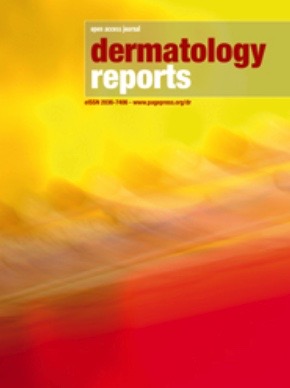Articles
15 June 2016
Vol. 8 No. 1 (2016)
Digit-length ratios (2D:4D) as a phenotypic indicator of in utero androgen exposure is not prognostic for androgenic alopecia: a descriptive-analytic study of 1200 Iranian men

Publisher's note
All claims expressed in this article are solely those of the authors and do not necessarily represent those of their affiliated organizations, or those of the publisher, the editors and the reviewers. Any product that may be evaluated in this article or claim that may be made by its manufacturer is not guaranteed or endorsed by the publisher.
All claims expressed in this article are solely those of the authors and do not necessarily represent those of their affiliated organizations, or those of the publisher, the editors and the reviewers. Any product that may be evaluated in this article or claim that may be made by its manufacturer is not guaranteed or endorsed by the publisher.
1716
Views
831
Downloads
230
HTML








